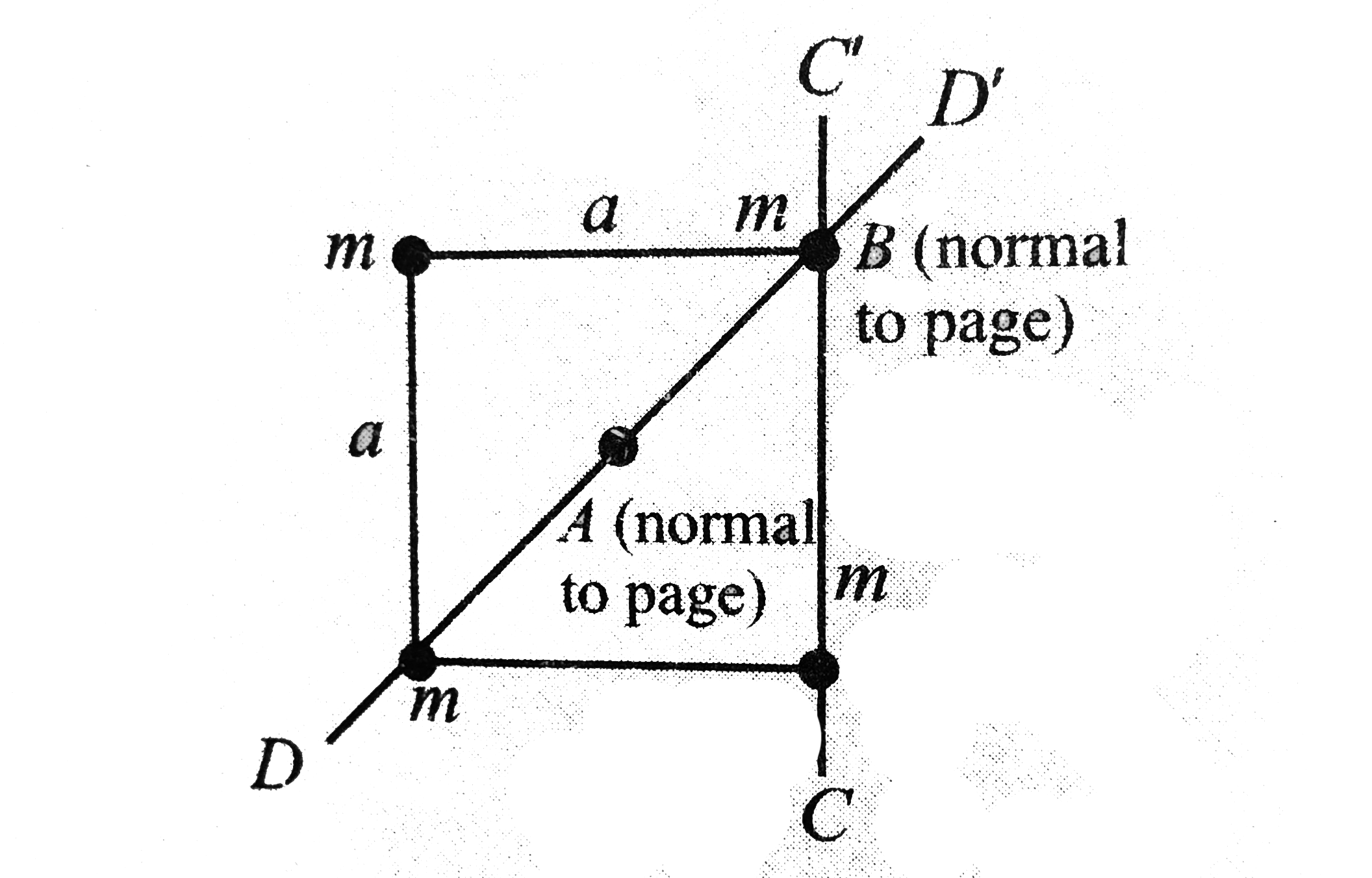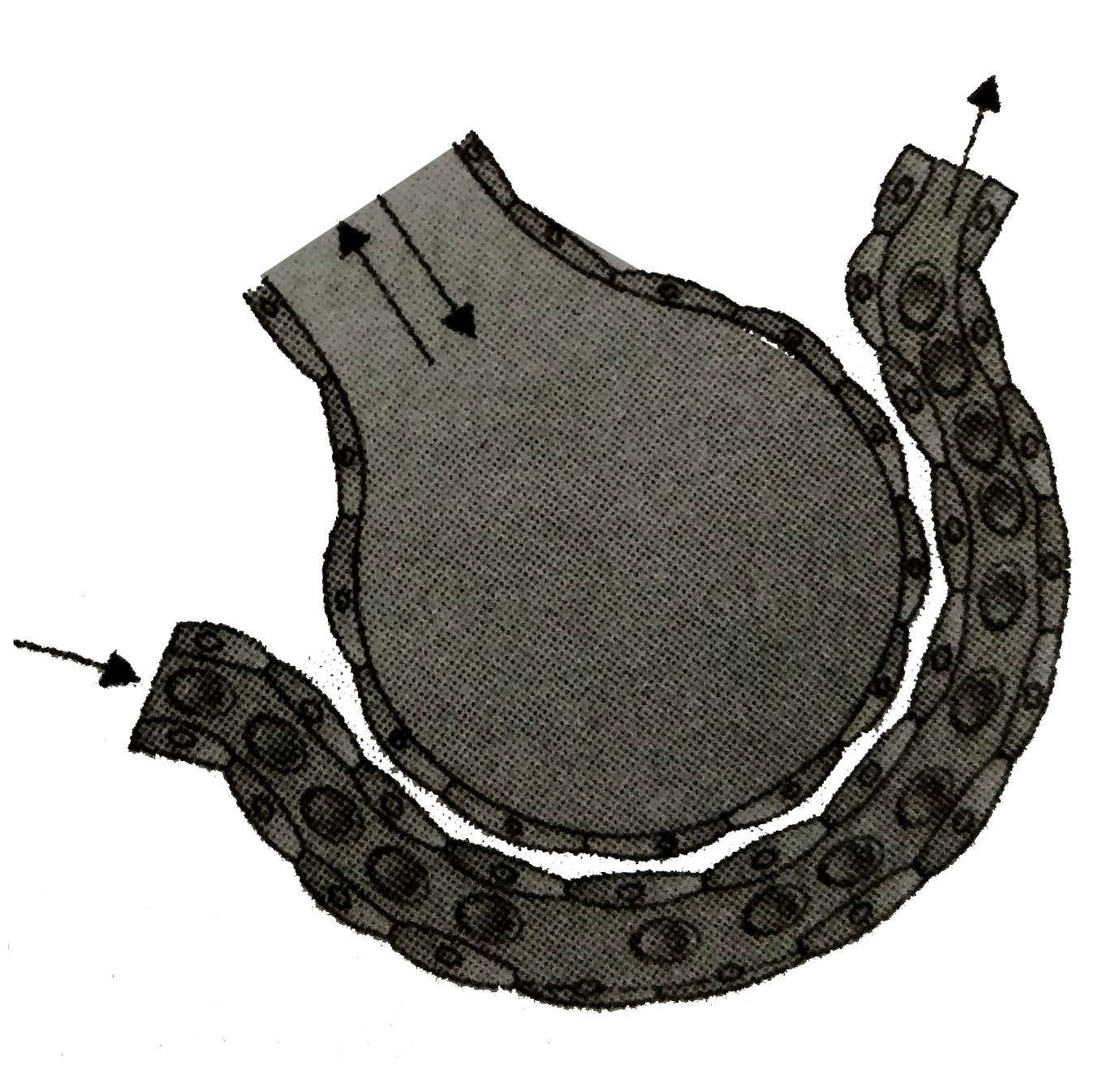Structure through which oxygen must diffuse in passing from alveolar lumen to hemoglobin
Surfactant containing liquid
Alveolarmembrane, basement membrane
Capillary endothelium, plasma and RBC membrane
All of the above
The correct Answer is:D
To answer the question regarding the structure through which oxygen must diffuse in passing from the alveolar lumen to hemoglobin, we can break down the process into several key steps:
1. Understanding the Alveolar Lumen: The alveolar lumen is the air-filled space within the alveoli, where gas exchange occurs. Oxygen from the inhaled air enters this space.
2. Diffusion Across the Alveolar Membrane: The first structure that oxygen encounters is the alveolar membrane. This thin membrane allows for the diffusion of oxygen from the alveolar space into the bloodstream.
3. Respiratory Membrane: Next, oxygen must pass through the respiratory membrane, which consists of the alveolar epithelium and the capillary endothelium. This membrane is crucial for gas exchange as it is very thin, facilitating the diffusion of gases.
4. Capillary Endothelium: After passing through the respiratory membrane, oxygen diffuses across the capillary endothelium, which is the inner lining of the capillaries that transport blood.
5. Plasma: Once in the capillary, oxygen dissolves in the plasma, the liquid component of blood, allowing it to be transported to red blood cells.
6. Red Blood Cells and Hemoglobin: Finally, oxygen binds to hemoglobin within the red blood cells. Hemoglobin is a protein that carries oxygen throughout the body, delivering it to tissues that require it.
Conclusion:
In summary, the structures involved in the diffusion of oxygen from the alveolar lumen to hemoglobin include the alveolar membrane, respiratory membrane, capillary endothelium, plasma, and red blood cells. Therefore, the correct answer to the question is that all of these structures are involved in the process.
In summary, the structures involved in the diffusion of oxygen from the alveolar lumen to hemoglobin include the alveolar membrane, respiratory membrane, capillary endothelium, plasma, and red blood cells. Therefore, the correct answer to the question is that all of these structures are involved in the process.
Similar Questions
Name the structures through which food reaches the stomach from our mouth.
View SolutionThe square structure shown in Fig. consists of lour point masses connected by rods of negligible Find the moment of inertia of the structure about the following axes: (a) axis A, passing through the centre of the structure and normal to its plane, (b) axis B passing through one of the point masses and normal to the plane of the structure, (c) axis CC', passing through two adjacent point masses and (d) axis DD', along the diagonal of the structure.

View Solution
Knowledge Check
Through which light cannot pass
ADullBDarkCObscureDOpaqueThe factor which does not affect the rate of alveolar diffusion is
 Asolubility of gasesBthickness of the membranesCpressure gradientDreactivity of the gases.
Asolubility of gasesBthickness of the membranesCpressure gradientDreactivity of the gases.The medium through which sound is to propagate must be
AElastic, Inertial, FrictionlessBRigid, FrictionlessCInertial, FrictionlessDNone of these
A molecule of oxygen diffuses from the alveolar air space into an erythrocyte to from oxyhaemoglobin. How many time dose it need to diffuse through the cell membranes to reach the haemoglobin ?
View SolutionThe correct order of structures through which the air passes in the body is
View SolutionThe stages through which a cell passes from one division to the next is called
View SolutionOsmosis is a special kind of diffusion, through which water diffuses across the cell membrane the rate and direction of osmosis depends upon
View SolutionThe time taken for a certain volume of a gas X to diffuse through a small hole is 2 minutes. It takes 5.65 minutes for oxygen to diffuse under the similar conditions. The molecular weight of X is
View Solution
